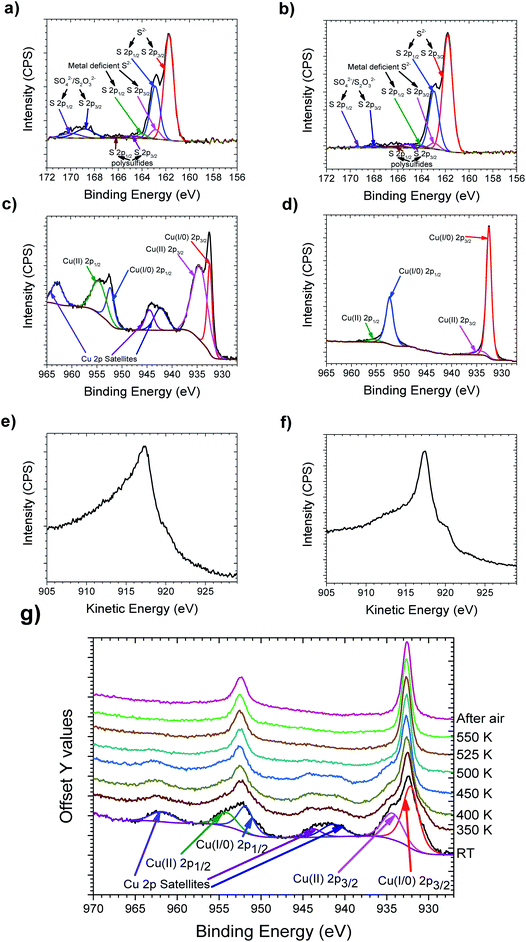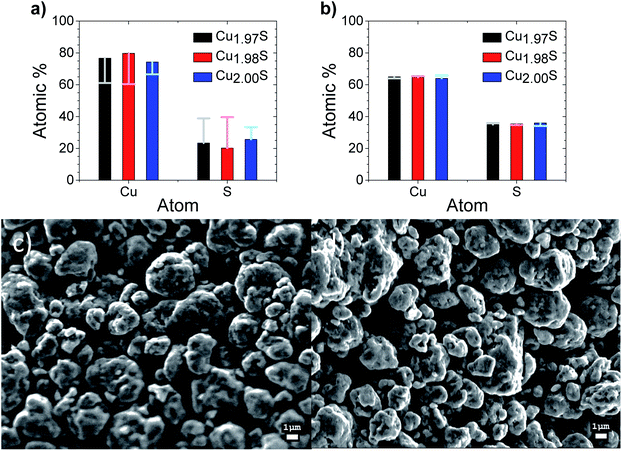In the recently published ‘Earth abundant, non-toxic, 3D printed Cu2−xS with high thermoelectric figure of merit,’ Swansea University researchers explore challenges in the fabrication of thermoelectric generators.
Stating that ‘toxicity, earth abundance, and manufacturing’ prohibit expanded use of these thermoelectric materials, the authors created a ‘pseudo-3D printing technique’ made with Cu2−xS based inks for this study. Reminding us of diminishing fossil fuels and climate change everywhere, the UK researchers state that in the UK substantial amounts of energy are lost due to industrial waste heat. Because thermoelectric generators create a route of sustainable energy, the researchers wanted to delve further into viability and efficiency.
“The most commonly used materials for thermoelectrics are Bi2Te3 and PbTe for room temperature and mid-temperature applications respectively. ZT was shown to be ∼1 in these materials in the 1950s. Although these materials have dominated thermoelectrics for some time, Te is a rare element with an Earth abundancy similar to that of Pt (1 μg kg−1),” explain the researchers.
“This along with the toxicity of Te, has prevented the wide scale use of thermoelectrics. Tin selenide (SnSe) has sparked much interest in the field of thermoelectrics, since the observation of the record ZT of 2.6 ± 0.3 at 923 K. Whilst the Earth abundancy of Se is fifty times greater than that of Te, Se abundance is still lower than Ag (75 μg kg−1) making Se a potentially costly constituent element. Additionally, the toxicity of Se makes the use of SnSe as a thermoelectric material far from ideal.
The researchers state that many fabrication techniques have been researched upon the advent of Cu2S, lending itself to thermoelectric material such as:
- Melt solidification
- Mechanochemical synthesis
- Ultrasonication and pressing
- Chemical synthesis and hot pressing
- Hydrothermal synthesis and hot pressing
- Hydrothermal synthesis and mechanical alloying (followed by spark plasma sintering)
- Mechanical alloying with Se doping (followed by spark plasma sintering)
These techniques require high pressure, temperature, and long production times, while 3D printing offers benefits such as ambient temperature and pressure, and rapid manufacturing. Ultimately though, the goal of the researchers in this study was to print thermoelectrics with materials that are standard, and ‘Earth-abundant.’ Bulk samples were printed at 140 °C with the aid of sacrificial molds, with both copper and sulfur mixed and milled, creating dark blue to grey powder; however, the research team discovered that ball milling was not enough on its own to create the required solid-state reaction. The powders were then transformed into ink.

X-ray diffraction of purchased Cu and S powders, ball milled 1.97Cu + 1S (powder), printed ink using the ball milled powder in a water and sodium carboxymethylcellulose based ink (not cured) and the printed sample after being cured at 550 K in a He atmosphere (cured).

XPS analysis of printed Cu1.98S, where a, c, e and g have been printed on a hot plate in air at 413 K and b, d and f have had a further curing step at 550 K in a He atmosphere. (a) and (b) fitted S 2p, (c) and (d) fitted Cu 2p, (e) and (f) Cu Auger, (g) XPS data of the Cu 2p region of a sample at increasing temperatures in a vacuum.
After printing, the researchers heated samples at 550 K in an He atmosphere at a heating rate of 0.5 K per minute. They were then left in the air for two weeks, demonstrating sharp peaks. The research team attributes these peaks to increased grain size. Sulfate was reduced, with sulfide appearing more dominant—and while these processes did not create pure Cu2−xS, with a ‘brief curing step’ at 550 K, the researchers did create significantly pure Cu2−xS. Thermal conductivity was noted in a similar fashion across each stoichiometry level, with Cu2S showing the lowest values.
“Printed Cu1.97S still exhibits a peak ZT of 0.63 ± 0.09 at 966 K however, which is one of the highest numbers ever reported for a printed sample and the highest for a printed non-toxic or earth-abundant material,” concluded the researchers. “In addition, this is the first example of a bulk printed thermoelectric material (as required for efficient thermoelectric generators), that is either non-toxic or Earth-abundant, of which Cu2−xS is both.”

Compositional analysis of printed Cu2−xS samples (a) XPS composition of samples before (columns) and after curing (bars), and (b) EDX composition of samples before (columns) and after curing (bars). SEM of printed Cu2−xS samples (c) Cu1.97S not cured, (d) Cu1.97S cured.
Subscribe to Our Email Newsletter
Stay up-to-date on all the latest news from the 3D printing industry and receive information and offers from third party vendors.
You May Also Like
Gorilla Sports GE’s First 3D Printed Titanium Cast
How do you help a gorilla with a broken arm? Sounds like the start of a bad joke a zookeeper might tell, but it’s an actual dilemma recently faced by...
Nylon 3D Printed Parts Made More Functional with Coatings & Colors
Parts 3D printed from polyamide (PA, Nylon) 12 using powder bed fusion (PBF) are a mainstay in the additive manufacturing (AM) industry. While post-finishing processes have improved the porosity of...
$25M to Back Sintavia’s Largest Expansion of Metal 3D Printing Capacity Since 2019
Sintavia, the digital manufacturing company specializing in mission-critical parts for strategic sectors, announced a $25 million investment to increase its production capacity, the largest expansion to its operations since 2019....
Velo3D Initiates Public Offering in a Bid to Strengthen Financial Foundations and Drive Future Growth
Velo3D (NYSE: VLD) has been among a number of publicly traded 3D printing firms that have attempted to weather the current macroeconomic climate. After posting a challenging financial report for 2023,...































